The world is a big, wonderful place full of facts we never thought possible. For instance, if a pregnant mouse has a sudden medical issue, the fetus will send stem cells to heal the mother, increasing its chances of survival as well. Fetal stem cells have been found in human mothers as well, dubbed by science as microchimerism.
Bright Side dug up some more marvelous facts about nature and its creations, upholding our yearly resolutions to spread knowledge and joy.
1. The heart slows when your face touches water.
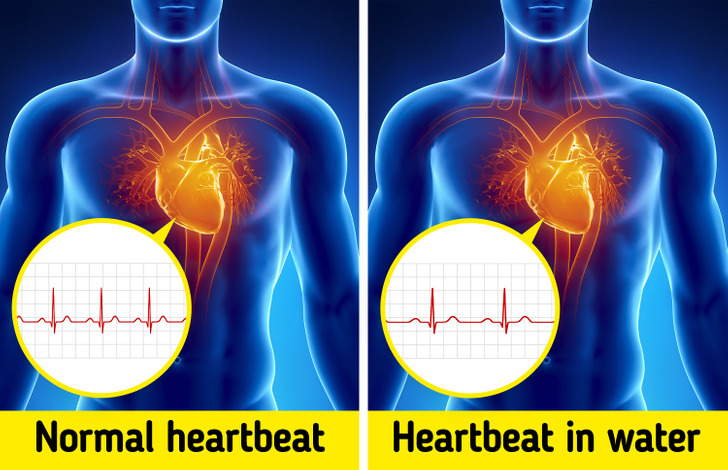
As mammals, we can’t breathe underwater, so as part of the mammalian dive reflex, our heart rate goes down in the water — more so if we go underwater. Even splashing the face with water makes the heart slow down, making it a great way to calm down.
2. Fungus can break down plastic in weeks.
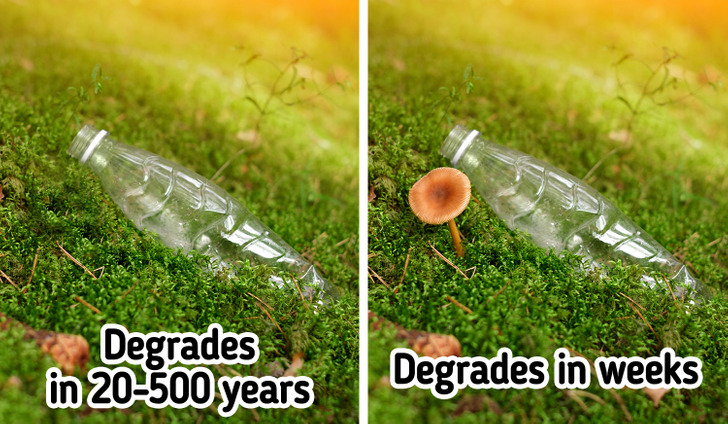
It is said that in the future, there may be more plastic in the ocean than fish. This is why the plastic-eating fungus is great news, and there are around 50 new species of such fungi discovered already. One of the fungi discovered can digest plastic within 2 months, so there’s hope for us yet.
3. Newborn babies can support their own weight.
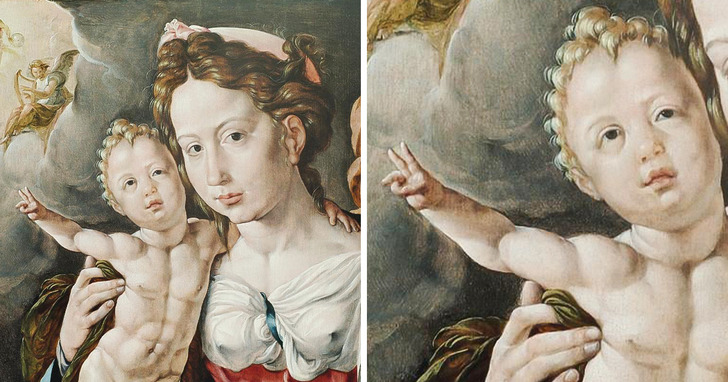
Newborn babies are strong — strong enough to be able to grasp things in their tiny fists and even support their weight as shown by an experiment done in the nineteenth century. Louis Robinson witnessed babies able to hang from a walking stick, from 10 seconds to 2 minutes and 35 seconds.
4. Koala fingerprints have been mistaken for human ones.
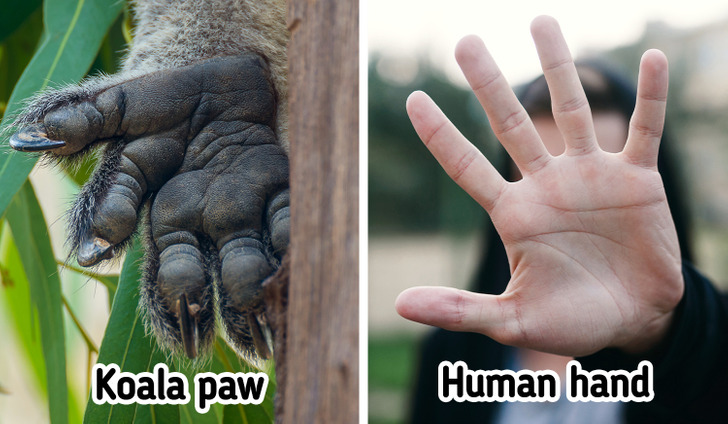
We’ve been told that our fingerprints are unique, and they are. But the fact remains that even though we share a common ancestor with the koala that was alive 100 million years ago, koala fingerprints look very similar to human fingerprints, as do chimpanzee fingerprints for that matter.
5. Snails can sleep for 3 years.
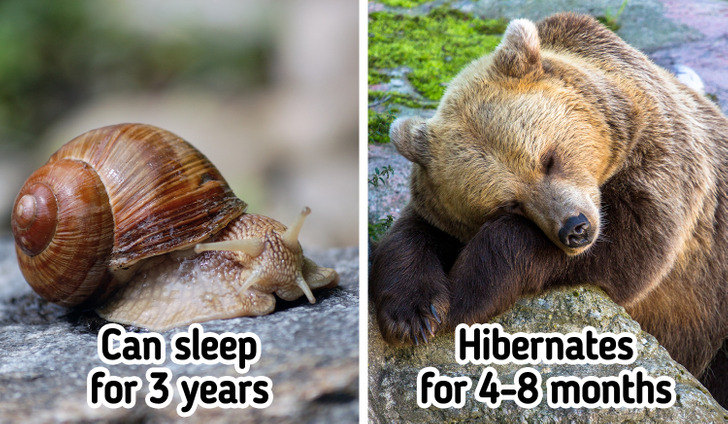
If you thought bears had it good with hibernation, meet the snail. Snails can sleep rather than hibernate for 3 years at a time without needing food. Of course, this is with some snail species, not all of them. Meanwhile, bears usually hibernate for just 4-8 months.
6. Sloths need 2 weeks to digest food.
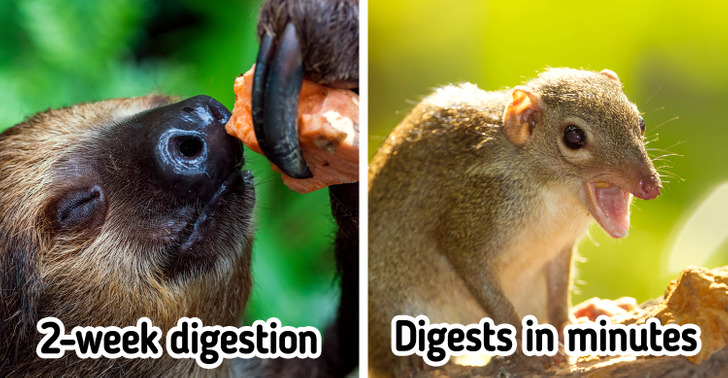
Sloths don’t only move in slow motion — even their insides move slowly, ostensibly to preserve energy, which is why a sloth’s digestive system takes 2 weeks to process the food it ate. Plus, most of what it eats is indigestible, giving it very little energy from each slowly chewed mouthful.
On the other end of the spectrum lies the shrew, whose digestion takes mere minutes and is done so fast, not much of it is fully digested. This is the reason why shrews eat their own feces. They can die of starvation in a matter of hours if they don’t eat.
7. Your brain ignores seeing your nose.
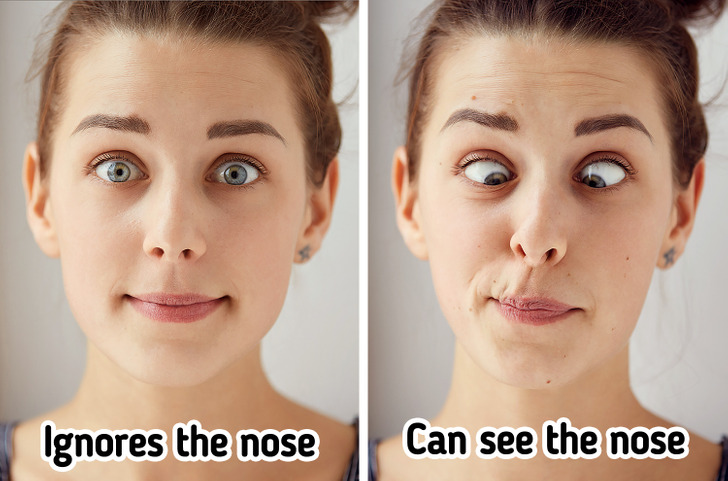
We can see our nose all the time, it’s just that the brain tends to ignore it because it’s a constant visual stimulus. It’s the same with people who wear glasses. After a while, they simply stop noticing them.
8. Your forearm is the same length as your foot.

If you don’t have the time to try on a shoe, measure it from your elbow crease to your wrist. If it fits or is just a little smaller, it would fit your foot because the length of your forearm is the same as your foot. And this is just one of many human body ratios that are a marvel in themselves, including the fact that your femur bone is one-quarter your height.
9. You can “see” your white blood cells.
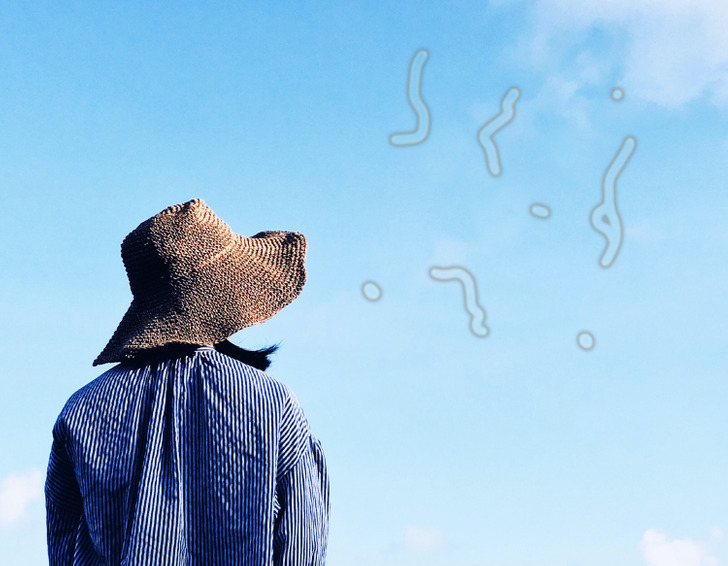
If you look up at a cloudless, bright blue sky and see some wiggly things at the periphery of your vision, you’ve just experienced the blue field entoptic phenomenon. The wiggly things are white blood cells moving in the fine blood vessels moving in front of the retina, at the back of the eye.
10. Human beings have striped skin, but only cats can see it.

Human beings have stripes and patterns on the skin too, and they are called Lines of Blaschko, name eponymously by the scientist who discovered them, Dr. Alfred Blaschko. These are closer to tiger stripes, forming more of a V-pattern fanning out from the center to the extremities. These lines are visible under UV light, a spectrum that cats can see too, which is why cats can see you as a striped being as well.
Which of these facts turned out to be a revelation for you? Share your extreme nature facts with us and blow us away.
Preview photo credit Shutterstock.com, Shutterstock.com
New alarming verdict on Prince George, Princess Charlotte, & Prince Louis amid Kate Middleton’s cancer diagnosis

With her public announcement of her cancer diagnosis, Catherine, Princess of Wales, put an end to the many theories and conjectures that had been making the rounds in the media ever since her scheduled abdominal surgery.
She stated in the video that tests performed by the doctors after her surgery revealed the malignancy. She went on to say that before telling the public, she and William needed some time to break the news to their kids.
Royal analysts surmise that Kate had a purpose in releasing the film on Friday at 6 p.m., as their kids’ school had already ended and they wouldn’t be confronted with inquiries about it right away from their peers.
A palace source told the Times, “George is ten now and can’t be shielded from any of this now.””He won’t be able to avoid it once it’s in the school playground and at the school gate.”

Grant Harrold, the former butler of King Charles, claims that when Kate and William informed the kids about her disease, they approached each child differently. He thinks that when they told Prince Louis about her health problems, the couple probably “sugarcoated” them.
Grant Harrold told the NY Post, “I’m sure it was a very difficult and very different conversation between children.””I’m sure the conversation with Louis was more sugarcoated than it was with George and Charlotte, for example.”
“The older children can understand more, so I’d imagine it was a little more frank but undoubtedly staying positive, which is so important,” the former butler went on.

This explains why you now cry when you see the photo of Kate with her three kids. It’s important for any mother to have that talk, and you can bet Charlotte and George will be there to support her.
Louis is too little to comprehend her mother’s situation, he continued.
It’s a challenging one. He told the NY Post, “I’m sure the kids will handle it as any kids would be expected to handle it, but I think that will rub off on the kids because their parents are very good at being calm and collected.”
The kids will spend Easter break with their parents at Anmer Hall on the Sandringham Estate, where they may go egg hunting and have fun.

Easter Sunday mass will probably be attended by King Charles and Queen Camilla, but not by the family.
Danielle Stacey, the royal expert for Hello! Magazine, stated, “It’s understood that King Charles may attend a church service on Easter Sunday with a smaller royal turnout if his health allows it.”
“As he continues his cancer treatment, Charles has minimized his contact with larger crowds to reduce risks,” the spokesperson added. “The King has performed for small audiences at Buckingham Palace, but he hasn’t gone to any major events since receiving the diagnosis, like the Commonwealth Day service, the Korean War Veterans’ reception last week, or the late King Constantine’s memorial in Windsor last month.”
About 110 miles outside of London is the Norfolk country estate known as Anmer Hall, where the Princess of Wales is believed to feel “most at home.”
She previously stated that she is happiest “outside in the countryside with my family.”
She would be creating Easter cakes with the kids, and they would be decorating them with Cadbury eggs.

Three years ago, it was said that the children surprised Queen Elizabeth and Prince Philip with “personalized Easter eggs, which they made and decorated themselves.”Grandpa Charles and Step-Grandmother Camilla will probably get one of them this year.
As previously indicated, their parents host an annual Easter egg hunt in which George, Charlotte, and Louis will participate.
“It was a real treat because they don’t let George, Charlotte, and Louis have chocolate and sweets every day,” the insider told Us Weekly.
In addition to playing tennis and going on family bike excursions, George and Charlotte also enjoy taking horseback riding lessons. Charlotte shares her great-grandmother’s obsession for horses. It’s her preferred pastime.

For Kate, spending time with her kids has always been a blessing.
“She constantly says that having her family around helps her get through tough times, and the kids always make her day happier. The Us Weekly source continued, “She feels incredibly fortunate to have her children and a wonderful family.
Thus far, Prince George has not experienced any negative effects from royal news. However, it’s possible that his mother’s illness will, regrettably, be his first introduction to the responsibilities of being a member of the royal family.
According to royal analyst Sarah Vine, Kate Middleton and William are “lucky” that their kids are still “quite young,” as it would be more difficult to keep them safe from finding out about their mother’s diagnosis online if they were older.
“It’s imperative to attempt to manage the kids because they will undoubtedly have a lot of questions and it’s just really scary knowing that your mother is ill,” she said.
“Plus, kids on the playground are cruel, so it’s better that it’s not exposed to the kids on the playground just yet,” co-host Andrew Pierce continued.



Leave a Reply